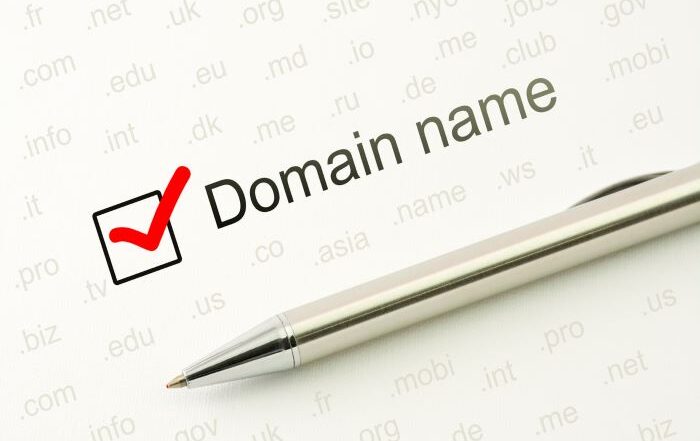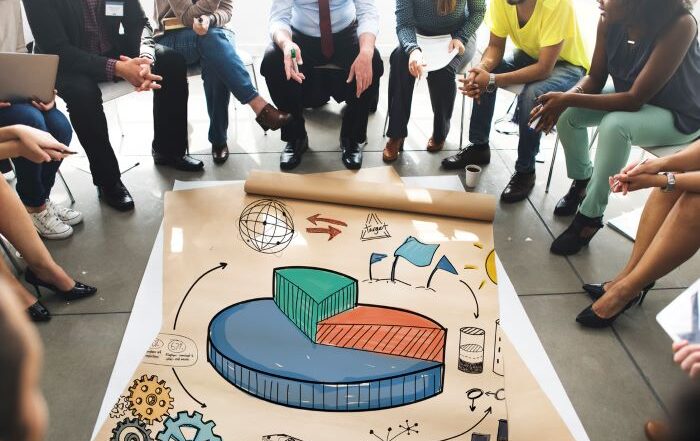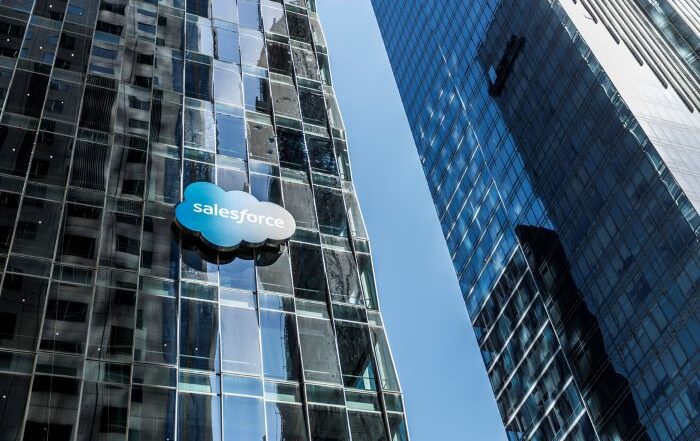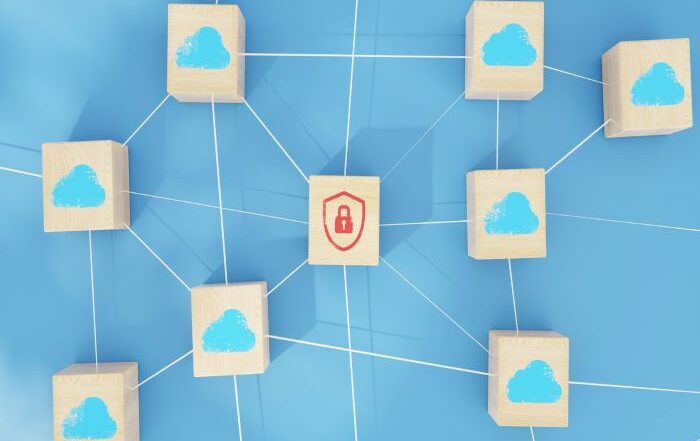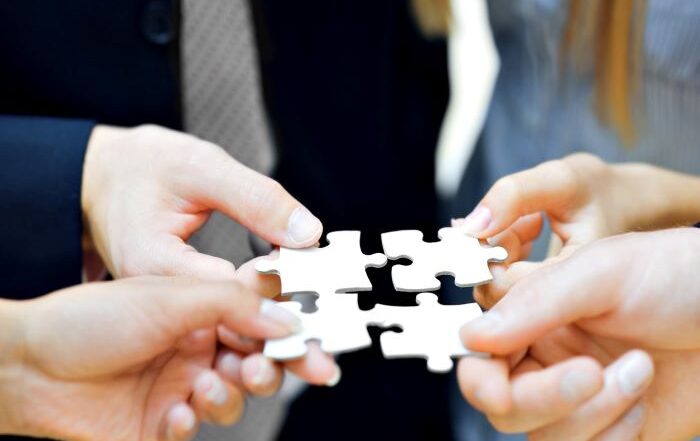What is B2B Selling?
B2B sales is short for business-to-business sales — when a company sells products or services to another company. It typically happens a few different ways:
- Suppliers who sell products that support business operations (like office supplies)
- Software servicers who provide platform products and consulting services
- Wholesalers who sell products for other businesses to resell (like wholesale food sales to restaurants)
These aren’t the only types of B2B sales, but they are some of the most common. B2B sales typically involve a longer, more complex customer journey and nuanced interactions between sales and marketing teams and prospective customers.
It’s important for companies with a business model centered around B2B sales to have a strong understanding of how their customers move through the sales funnel and interact with their content. At the same time, companies should continually measure KPIs to ensure their strategy is yielding results (and adjust accordingly when it isn’t).
B2B sales can be complex; to execute effectively, everyone involved should understand how the pieces of the process fit together and how their role in the process contributes to its overall success.
Fortunately, there are key processes and strategies that companies can focus on to enhance their B2B sales.
B2B Sales Cycles
There is no one-size-fits-all B2B sales cycle; in fact, research will show sales cycle templates that vary in the specific steps they recommend. But there are commonalities among them where best practices emerge. Most B2B sales cycles include 6-8 steps that move through the following processes:
- Demand generation
- Connecting with and qualifying leads
- Presenting offerings
- Addressing customer questions and concerns
- Closing the deal
- Following-up
- Client nurturing / retention
Steps in the sales cycle align with stages of the funnel (more on that later), but while there are numerous steps in the cycle, most will fall under the bottom-of-the-funnel stage, where leads are being captured and followed up on to close deals.
Stages of the B2B Sales Funnel
The initial customer journey — from the time a customer begins researching options to the time a deal closes — usually takes about 4-7 months. It’s imperative that companies understand what their prospective customers are looking for at each stage of the sales funnel so they can provide targeted content for each stage.
Top of the Funnel
Top of the funnel prospects are those who are just beginning to research the products or services they need. At this stage, the content prospective customers see from a company does not need to be expert-level.
Instead, companies should focus on obtaining a high market share and as many search appearances as possible. In short, the more the customer sees a company name come up in their research, the more they will consider that company as a potential solution.
The goal of top-of-the-funnel content should be to generate demand, not close deals (this happens later). Content should be accessible for free and cover general information about the company but also the industry in general.
Showing thought leadership at this stage without making content too jargon-heavy or product/service-specific gives prospective customers a smooth entry point that should leave them wanting to learn more.
Middle of the Funnel
Customers at the middle of the funnel typically know that they need the solution a company is providing. By this point, they will have likely already seen the company’s content and have developed some level of familiarity with their offerings.
The goal for content at the middle of the funnel is to differentiate from competitors and show prospective customers why the company they’re considering is unique and better than other potential options.
Competitive analyses or highlights about unique products and services are good ways to do this. Content at this stage should still be free and accessible but could include more specific calls to action that encourage a prospective customer to consider the next step.
It’s important to note that at this stage, traction gained from top-of-the-funnel content becomes important. As we all know from our own experience as consumers, brand prominence and familiarity plays a role when choosing where we’ll make our purchases.
The more a prospective customer has seen and read about a company prior to moving further along in the funnel, the more likely they are to consider them as they begin to narrow their options. Missing out on this at the top of the funnel leaves companies fighting an uphill battle later in the sales cycle.
Bottom of the Funnel
The bottom of the funnel is where a company’s focus should really shift to lead generation. Here, customers are familiar with the industry and companies who operate within it; they’re looking for expertise, and providing content that shows it isn’t intimidating to bottom of the funnel prospects — it’s reassuring.
Capturing contact information is essential at this stage, so the bottom of the funnel is where companies should consider gating content (requiring a form fill before accessing) and including strong calls to action that drive direct interaction between the prospect and the sales team.
Best Practices for B2B Sales Teams
Targeted Content Strategy
Creating targeted content for each stage of the funnel is essential to moving prospective customers toward commitment to a purchase or contract. While high-volume content is important (particularly at the top of the funnel), companies who don’t target content and place it correctly risk losing prospective customers.
For example: a small business who does an initial search for “CRM services” may not be familiar with acronyms like API (application programming interface) or EPR (enterprise resource planning) that CRM users and service providers use as when communicating.
Using this kind of shorthand coupled with industry jargon that may not resonate with an early-stage customer may send them in another direction toward a company providing more approachable content that they can understand.
So how do companies target their content? To do so effectively, companies must understand where prospective customers at each stage of the funnel are looking for content.
Top-of-the-funnel prospects will probably search with general terms like “CRM services,” meaning content a company creates for that customer group should appear high on the list of search results for those terms.
Prospects further along in the funnel might seek more detailed information such as case studies that show specific results, so that content would be better placed in an email campaign to bottom-of-the-funnel prospects who have already completed a contact form to learn more.
Collaboration Between Sales and Marketing Teams
Sales and marketing teams are both essential to the B2B sales process, but the lines around their responsibilities can often be blurred as customers move through the funnel. It’s important for sales and marketing teams to stay in touch about what’s working and what’s not.
Specifically, marketing teams should focus on driving leads to connect with sales team representatives at high-conversion touch points in the sales cycle. Sales teams should be in constant communication with marketing teams to let them know if the content and strategies they’re using are generating the right kind of leads (mainly the kind that are translating into sales).
Effective Onboarding and Training
Customers in the B2B sales space are intelligent buyers and they look for expertise in the companies and representatives they interact with throughout the process. Companies should be sure to implement onboarding and training programs for their sales teams to ensure consistency and the proper level of expertise.
Rainmaker Can Help You Enhance Your B2B Sales Cycle Strategy
Data- and CRM-driven strategies can enhance your ability to streamline and scale your company’s B2B sales cycle strategy. Contact us today to learn how Rainmaker can help.




